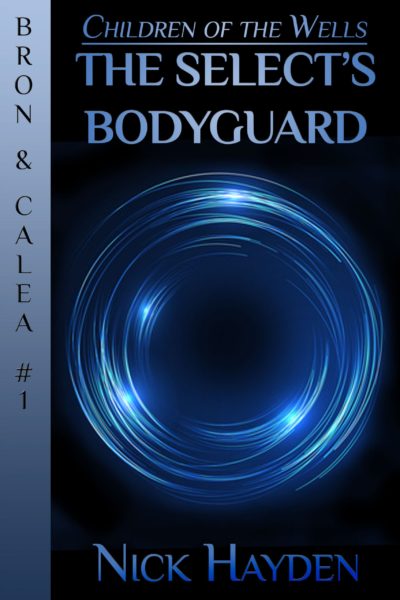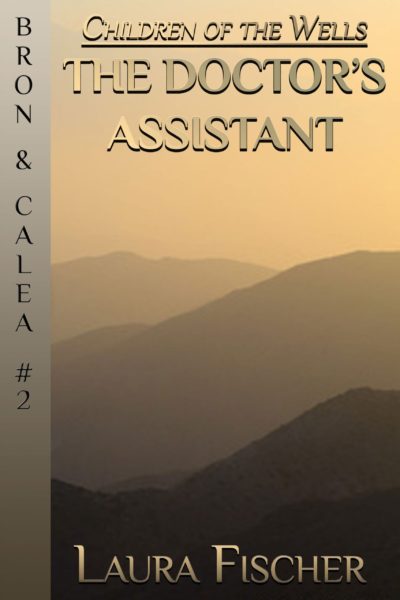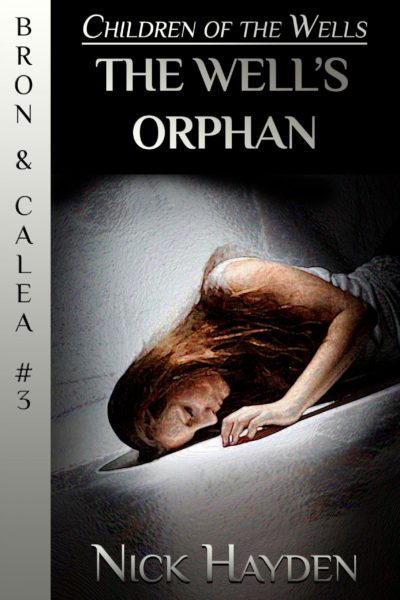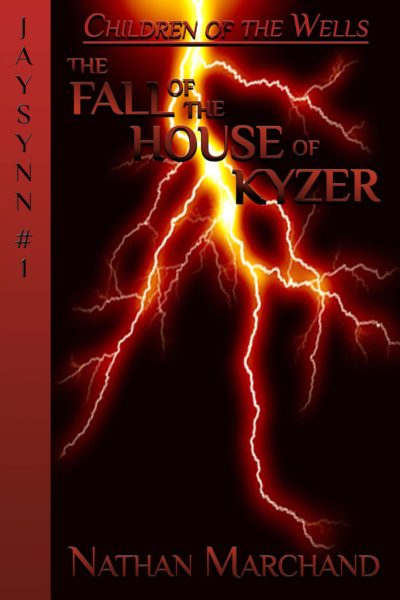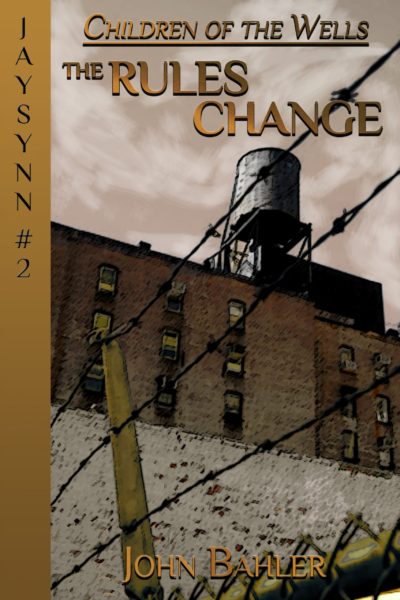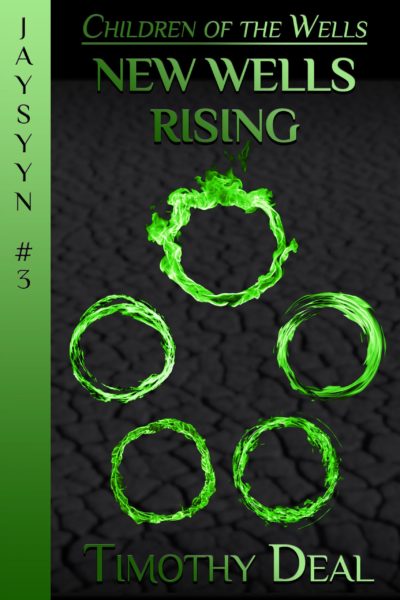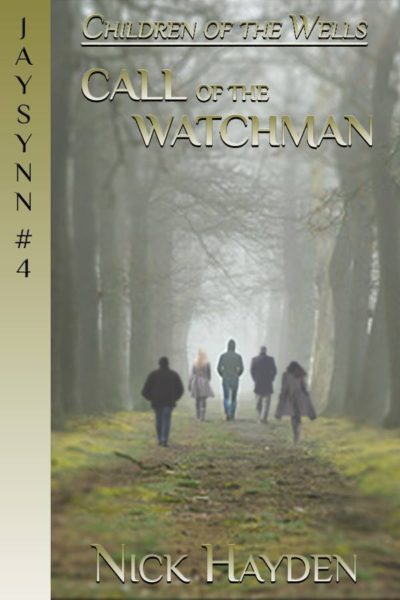By Timothy Deal
December 5, 2014
This year, it felt like an important part of my family’s Christmas died before the season even began. For the first time, our parents bought a fake Christmas tree instead of a live one.
Those who have grown up with an artificial tree can hardly understand the dismay my sisters and I felt by this betrayal. Our family is known for getting big, lush, beautiful, real Christmas trees that can occupy up to a quarter of the family room. For us, it wasn’t just about getting a tall tree; it also needed to be wide and bushy to accommodate all the ornaments five kids, two parents, and a grandmother can accumulate over the years. Visitors would stop in our family room, drink in the intoxicating pine aroma that candles and air fresheners can only wish to imitate, and gaze in wonder at its magnificent size and sparkling vision of lights, garland, glass balls, and tinsel. The experience would prompt many guests to say, “Now that is a Christmas tree.”
Yet nevertheless, in recent years our parents had warned us they intended to trade this wondrous experience for an artificial tree the first year our youngest sister went off to college. With their children either moved out of the house or increasingly preoccupied with significant others (or both), apparently Dad and Mom decided to sacrifice a longstanding tradition in the name of convenience and simplicity.
Now, I love my parents dearly and will admit they looked really hard and bought a fake tree that was probably as close to our preferred size and shape as possible. But it’s still not quite the same and I will never fully agree with the line of thinking they and so many others who purchase artificial trees have subscribed to. I understand buying a fake tree for a dorm room or a public space like a store or church where there isn’t time for someone to maintain a live tree. And I understand that certain allergies prevent some people from bringing live trees into their house.
But most people who use fake trees claim to do so for reasons of cost or convenience. The cost factor seems subjective. It makes sense if a family is regularly struggling to make ends meet and buy gifts during the holidays. But otherwise, it comes down to a matter of priorities. This year, I bought a 5-foot tree for my apartment for around $30. That’s about as much, if not less than the cost of a week’s worth of Starbucks for one coffee-addict or a meal for a family of four at Applebee’s. Granted, my tree is not as big as the kind my folks used to get, but it’s still a real tree and for me it’s worth giving up a few impulse buys.
Then there’s the convenience argument, made by those who have grown tired of picking out the tree, getting it into the house, assembling the tree stand, picking up pine needles, etc. But for those of us who love having a live tree in the house, those things are part of the experience. At the risk of sounding hipster, I’d say that much like how a camper enjoys roughing it, it feels rewarding to eschew the modern, convenient tree-from-a-box method for the more traditional, authentic tree that you had to hunt down, carefully transport, and meticulously decorate. Not only is the final product beautiful, but you had to work to get it there.
And of course, the most important reason a live tree is superior is that it is alive, hopefully for at least the first few weeks of Advent. A key part of the tradition of Christmas trees is that they represent living greenery in the cold of winter. They remind us of the promise of everlasting life, made possible by the birth and death of Jesus Christ, who died upon a tree before returning to life anew. That reminder is arguably muted if your Christmas tree was never alive in the first place.
Yet at the same time, the tradition of Christmas trees is still just that: a tradition. While Jesus affirmed the importance of holidays (aka “holy days”) while He was on earth, he also warned against putting too much emphasis on human-made traditions (Matthew 15:1-9). It’s easy for us humans to get so ingrained in a tradition, we forget some are not mandated by God.
So despite all my bluster and arguments about why live trees are superior (which they are), I have to remind myself that in the end, what type of tree you prefer does not matter. The important part of Christmas is acknowledging He who descended from the highest heavens to a lowly corner of the world in the fragile form of a baby. However your family celebrates that event, I wish you a merry and meaningful holy day.
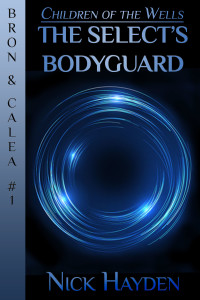
Don't miss a single word of stories as they are published! You'll also receive first notice of special sales and behind-the-scenes information.



